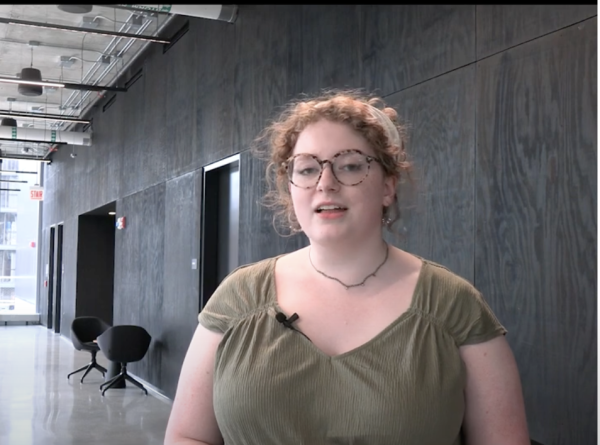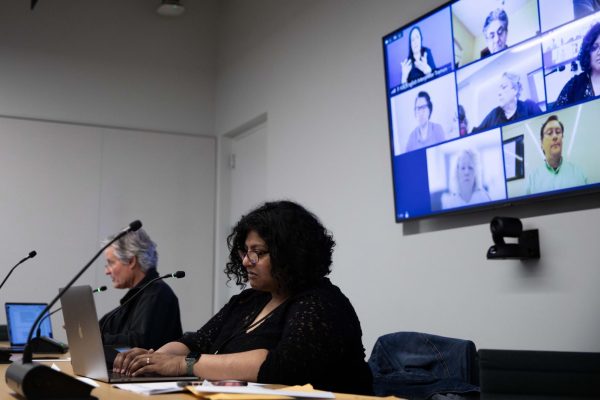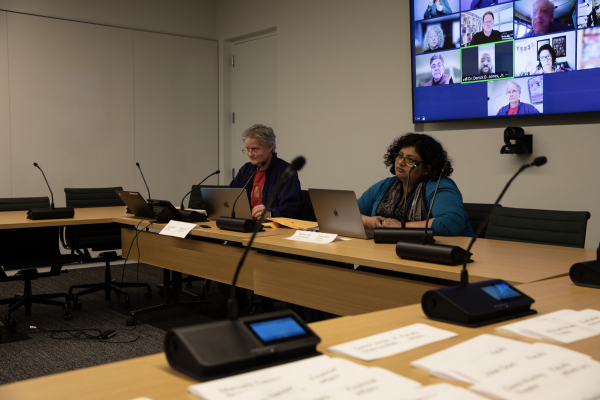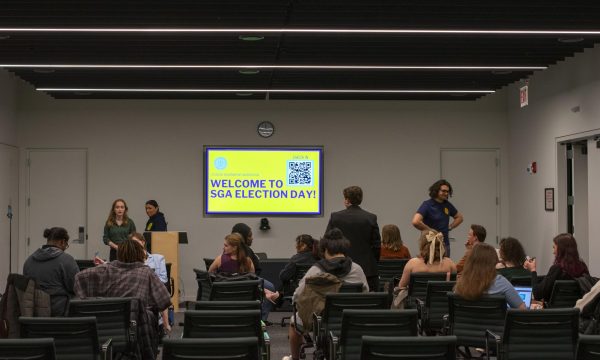Editor’s Note: Academic, student funding should take priority over rebranding
September 19, 2016
The college’s much-awaited rebranding plan was unveiled to employees at the Sept. 16 Faculty and Staff Convocation by Deb Maue, Columbia’s vice president of Strategic Marketing and Communications.
The project, reported on Page 3, includes a new logo—”Columbia” spelled out in slightly bolder type—six primary and several secondary colors that make up a new color palette, local and national advertising and the elimination of the “Live What You Love” tagline.
The reason for the college’s rebranding is obvious. With new administrators come new ideas for how to bring enrollment out of its declared state of “urgency,” which will get worse before it gets better. President and CEO Kwang-Wu Kim said he was not a fan of Columbia’s “Live What You Love” mantra because he thought it did not express the seriousness of the institution and its students’ employability. The college, rightfully so, wants to show off its assets at a time when recognition could restore institutional pride and potentially improve enrollment and retention.
Sections of the allotted budget could rival an administrator’s yearly salary. According to college spokeswoman Cara Birch, the advertising expenses, including a Hulu commercial, Spotify and Pandora ads and space in the Chicago Tribune, cost approximately $430,000. The rest of the rebranding costs, including the “brand strategy” that Birch said included costs of the consulting company the college hired, new designs, campus-wide distribution and a viewbook for potential students, was approximately $260,000.
Columbia and its team of consultants used the better half of $1 million to create Columbia’s new look and decide how to present it to the greater community on the heels of a year of collegewide staff layoffs, elimination of programs and other cuts on students’ services due to revenue shortfalls. This included class reductions and the decision not to fund MAP grants that had been unfunded by the state. The college also canceled the annual Story Week event last November.
Funding for rebranding and other Strategic Plan initiatives, unlike shrinking fixed budgets in departments and offices that cannot be sent to wherever it’s most needed, is readily available when it should go to supporting students and fixing department issues.
Color palettes, commercials and almost unoticably different lettering are not going to bring Columbia the students—and revenue—it desires if it comes at the cost of Columbia’s educational quality. Rebranding will not bring back the college’s eliminated or diminished resources or, in some cases, entire programs, that were the casualties of budget cuts throughout the past year, especially if years of enrollment decline are still predicted.
The college could have enriched students’ educational opportunities by allowing the college community to be a part of the project all along and having their creative insights at the table. If the administration wanted to highlight Columbia’s talents, it would have been the most obvious way to do so.
Instead of only bringing an outside company who has possibly never stepped foot on campus, Strategic Marketing should have taken notice of the students here along with their desire and ability to be part of a project that has tangible results. Collegewide ideas could have then been molded by the professionals, which would have likely meant more to the college community than any rebranding plan could.
A more feasible way to involve students outside of the select few used could have been to run mass focus groups to see what assets should be the main focus of a rebranding strategy, similarly to what Columbia’s student center consulting company accomplished during its planning phase.
A college with academic departments bled dry to sustain a rebranding initiative and other secondary projects is not worth rebranding—and more importantly, won’t retain the students the college’s strategic marketing team thinks it will bring in.














